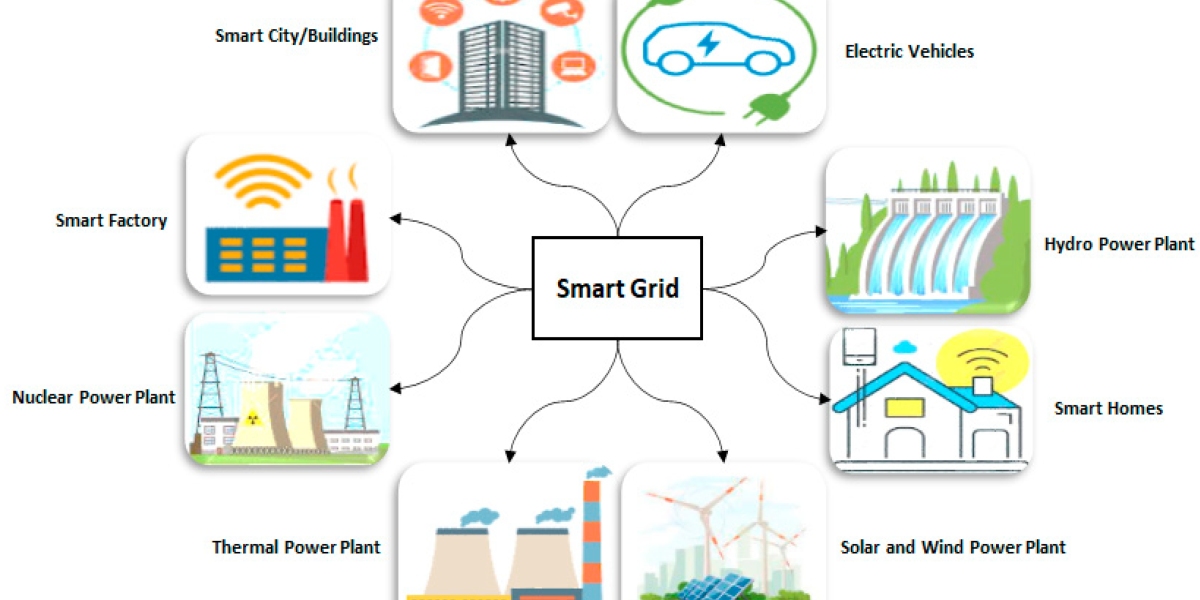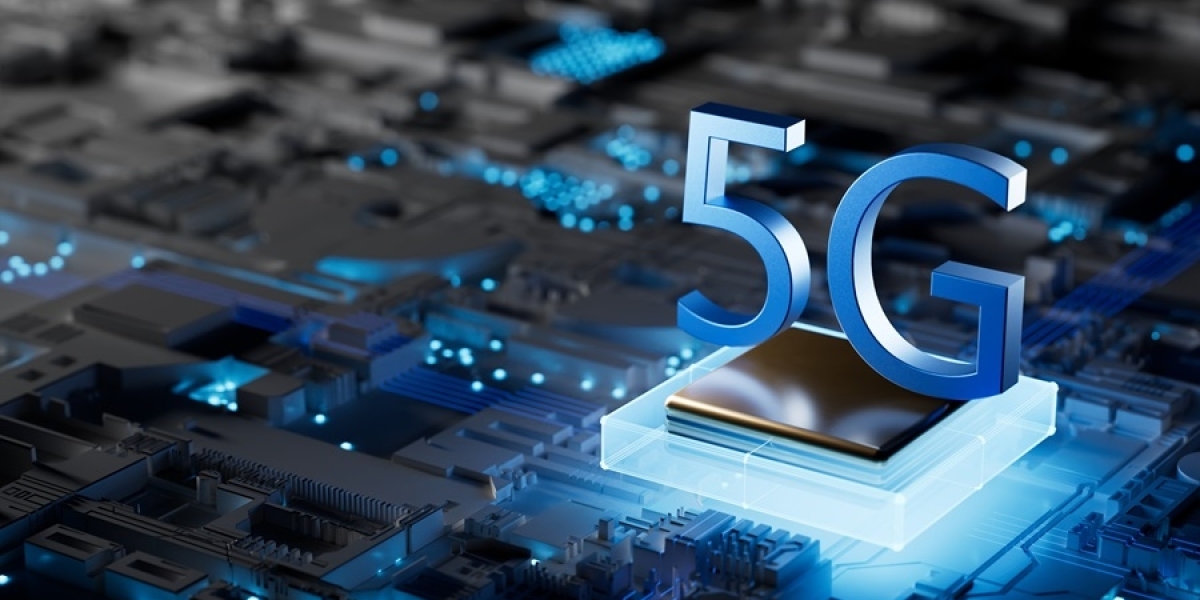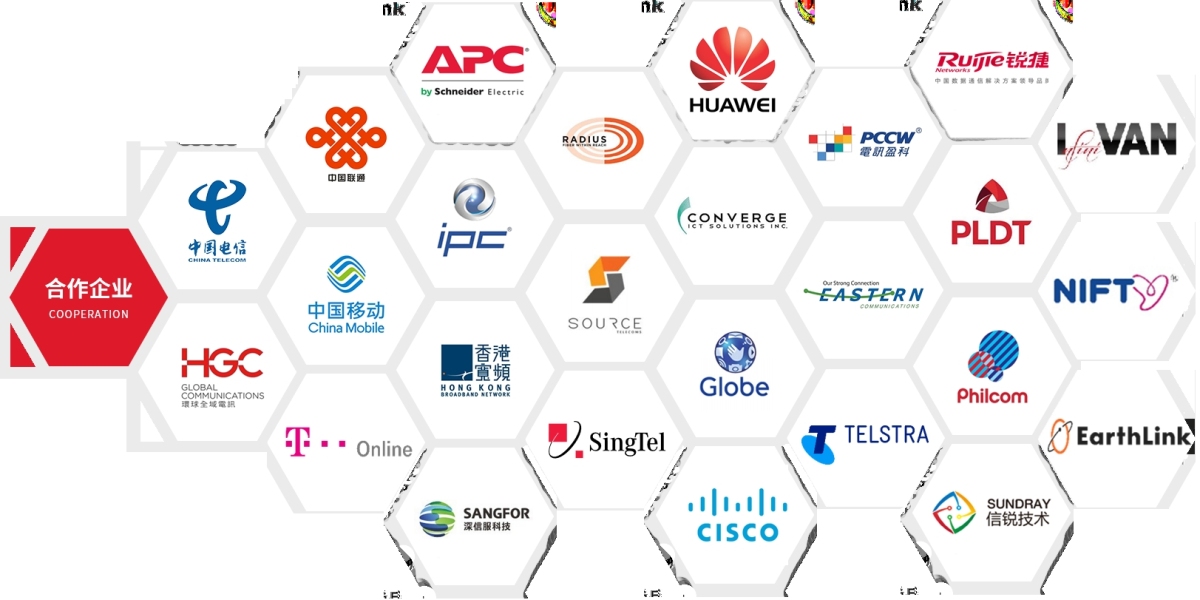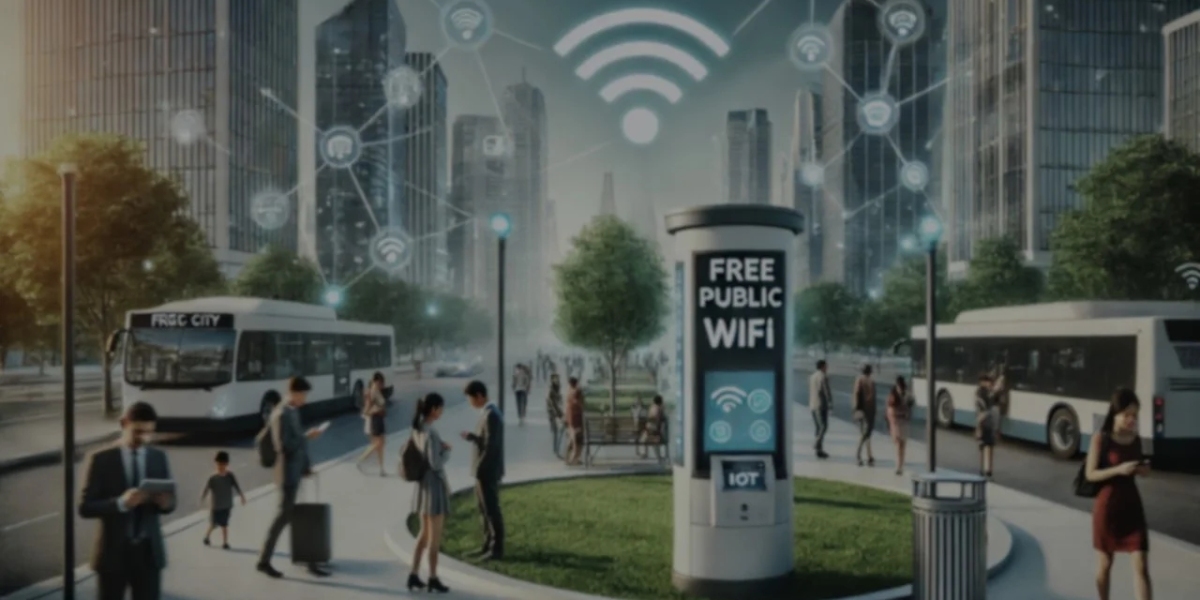Introduction: The Need for Smart Energy Management
What is a Smart Energy Metering Solution?
Benefits for Local Governments, Utilities, and Citizens
Components and Technologies Used
Use Cases in the Philippines
Regulatory Framework and Standards
Deployment Strategy for LGUs and Developers
Frequently Asked Questions (FAQs)
Introduction: The Need for Smart Energy Management
As urbanization accelerates across the Philippines, cities are facing increasing challenges in managing electricity consumption, ensuring energy reliability, and promoting environmental sustainability. In this context, smart energy metering solutions have emerged as a critical innovation to optimize power use, monitor grid health, reduce losses, and empower consumers.
⚡ Traditional Energy Monitoring Falls Short
Historically, local utilities and barangays relied on:
Manual meter reading by personnel
Delayed or estimated billing cycles
Inaccurate tracking of power loss and system inefficiencies
Limited visibility on peak-hour usage or grid stress
This results in:
Energy wastage and revenue losses
Inequitable billing and customer complaints
Inability to detect anomalies (e.g., meter tampering or blackouts) in real time
? The Smart Alternative: Intelligent, Real-Time Energy Monitoring
Smart metering systems use digital meters, wireless connectivity, and cloud-based analytics to provide near real-time information about electricity consumption at the household, building, or city level.
These systems enable:
Automated, accurate, and tamper-proof readings
Dynamic pricing models that reflect demand levels
Immediate alerts for outages, system anomalies, or overconsumption
Data-driven decision-making for energy planning and demand-side management
? Smart Meters Support Sustainability Goals
By giving utilities and LGUs granular insight into consumption patterns, cities can:
Reduce peak demand through consumer alerts
Promote energy-saving behavior among residents and businesses
Optimize use of renewable energy sources (e.g., solar + storage systems)
Support carbon emission reduction and green building initiatives
?? Growing Relevance in Philippine Cities
With the push toward Smart Cities and the implementation of the Energy Virtual One Stop Shop (EVOSS), the Philippine government is encouraging LGUs and power cooperatives to adopt smart energy infrastructure.
Projects in Taguig, Iloilo, Davao, and Clark Freeport Zone are already experimenting with smart grids and advanced metering infrastructure (AMI).
In short, smart energy metering solutions are not just a utility upgrade — they are a foundation for resilient, data-enabled, and environmentally responsible urban development.
What is a Smart Energy Metering Solution?
A Smart Energy Metering Solution refers to an integrated system of digital electricity meters, communication networks, software platforms, and analytics tools that work together to monitor, manage, and optimize electrical consumption in real time.
Unlike traditional analog meters, smart meters enable two-way communication between consumers and utilities, providing accurate, instant, and actionable energy data.
? Key Components of a Smart Energy Metering System
Smart Meters
Digital devices installed at homes, buildings, or utility feeders that measure:Real-time energy usage (kWh)
Voltage and current
Power quality
Tampering and outages
Communication Infrastructure
Enables data transfer between meters and utility control centers using:Wireless (GPRS, 4G, NB-IoT)
PLC (Power Line Communication)
LoRaWAN or Zigbee for local mesh networks
Head-End System (HES)
A centralized platform that collects and processes incoming meter data, providing:Meter provisioning and firmware updates
Data validation and exception handling
Integration with billing systems
Meter Data Management System (MDMS)
Stores, analyzes, and manages historical consumption data, enabling:Energy usage analytics
Load forecasting
Behavioral energy reports
Dashboard visualization for stakeholders
Consumer Interface (Web or Mobile Apps)
Allows end-users to:View their real-time energy usage
Get notified of unusual consumption
Receive energy-saving recommendations
Pay bills directly through the app
? How Does It Work?
Smart meters continuously record electricity use in short intervals (e.g., every 15 minutes)
The data is transmitted securely to the utility’s head-end system
The MDMS organizes and stores the data
Utilities analyze the data for operational insights and billing
Consumers can access their energy profiles and notifications in real time
? Types of Smart Energy Metering Setups
Residential Smart Meters: For homes and condominiums
Commercial and Industrial (C&I) Smart Meters: For offices, malls, and factories with complex load profiles
Transformer-Level or Feeder Meters: Used by electric cooperatives or LGUs for network health monitoring
Smart metering transforms the role of electricity consumers from passive recipients into active participants in energy conservation and cost control.
Benefits for Local Governments, Utilities, and Citizens
Smart energy metering solutions deliver powerful, data-driven advantages to three core stakeholders: local governments (LGUs), electric utilities or cooperatives, and the end consumers — including households, businesses, and institutions.
By enabling real-time energy monitoring and usage optimization, these systems lower costs, reduce waste, and empower smarter decisions at every level.
?️ Benefits for Local Governments (LGUs)
Improved Energy Planning
Access to aggregated, zone-specific usage data for urban planning
Identify high-demand areas to guide infrastructure investment
Support for Smart City Development
Integrates seamlessly with IoT systems, solar grids, and sustainability dashboards
Enables automated billing for government-owned buildings, streetlights, and facilities
Transparency and Accountability
Prevent energy leakage, ghost billing, or tampered connections in public infrastructure
Monitor real-time consumption in barangay halls, schools, and disaster centers
Green Policy Implementation
Track energy savings from public campaigns or LED streetlight upgrades
Incentivize households or buildings that reduce peak usage
⚙️ Benefits for Utilities and Electric Cooperatives
Accurate and Efficient Meter Reading
Eliminates human error and delays of manual reading
Enables remote disconnect/reconnect without field visits
Reduced Power Loss and Theft
Detects meter tampering and abnormal consumption instantly
Cuts technical and non-technical losses (T&D losses)
Dynamic Load Management
Shift demand through time-of-use pricing
Avoid brownouts and blackouts during peak hours
Faster Outage Detection and Response
Real-time alerts for power interruptions, voltage drops, or equipment failure
Speeds up field crew dispatch and service restoration
Lower Operational Costs
Cuts manpower expenses, meter servicing, and physical visits
Streamlines meter provisioning and firmware updates
???? Benefits for Consumers and Businesses
Real-Time Energy Monitoring
Understand when, where, and how much electricity is used
Get alerts for unusual consumption or appliance overuse
Smarter Billing and Budgeting
Receive accurate, timely digital bills
Avoid bill shock and estimate monthly budgets more accurately
Energy Saving Recommendations
Identify wasteful behavior or inefficient appliances
Access tailored advice to reduce consumption
Convenient Payments and Access
Pay bills via mobile apps, kiosks, or digital wallets
View historical usage to compare and plan better
Environmental Impact Awareness
Visualize carbon footprint or energy source (e.g., solar vs grid)
Participate in LGU-backed sustainability or rebate programs
Together, these benefits create a win-win ecosystem where:
LGUs enable green governance,
Utilities improve operational efficiency, and
Citizens gain control and insight over their energy lives.
Components and Technologies Used
Smart energy metering systems are built on a layered architecture that integrates hardware, communication, cloud software, analytics, and cybersecurity. These components work together to deliver accurate, secure, and scalable energy monitoring across cities.
? 1. Smart Meters
At the heart of the system are digital electricity meters that measure and record consumption data at fixed intervals (e.g., every 15 minutes).
Key Capabilities:
Real-time voltage, current, and kWh recording
Power factor and frequency tracking
Tamper detection and event logging
Remote firmware updates
Load profile analysis
Common Standards:
IEC 62052 / 62053 (Electricity metering accuracy)
DLMS/COSEM (Communication protocol standard)
? 2. Communication Networks
Smart meters require a secure and stable communication link to transmit data to a central platform.
Popular Options:
NB-IoT (Narrowband IoT): Low-power, wide-area connectivity ideal for urban meters
4G/5G LTE: Higher bandwidth and faster transmission
LoRaWAN: Long-range, low-power for rural and barangay deployments
Power Line Communication (PLC): Transmits data through existing power cables
RF Mesh: Self-healing, node-to-node networks for urban areas
Security Protocols:
TLS/SSL encryption
Private APNs (for SIM-based meters)
Role-based device authentication
☁️ 3. Head-End System (HES)
This is the first point of data aggregation, collecting readings from all deployed smart meters.
Functions:
Secure data polling and buffering
Error detection and retransmission
Real-time monitoring of meter health
Alerts for tampering, disconnection, outages
The HES sits in a data center or cloud and interfaces with the MDMS.
? 4. Meter Data Management System (MDMS)
This is the brain of the smart metering solution — storing, organizing, and analyzing consumption data over time.
Capabilities:
Historical data storage (up to 10 years)
Load forecasting and peak demand profiling
Custom billing rule generation
Integration with ERP or GIS systems
Graphical dashboards and exportable reports
The MDMS is also used to segment consumers, track anomalies, and optimize rate plans.
? 5. Analytics and AI Engine (Optional)
Advanced platforms now integrate AI and machine learning algorithms to:
Predict consumption spikes or anomalies
Detect device failure or meter tampering
Automate preventive maintenance scheduling
Provide personalized energy-saving advice
These insights support decision-making at the policy and operations level.
? 6. Consumer Interface (Web + Mobile)
Smart metering platforms include a user portal or mobile app for residential, business, or LGU users.
User Tools:
Real-time and historical usage charts
Alerts for overuse or budget thresholds
Bill download and digital payments
Energy saving challenges and incentive tracking
Mobile apps often integrate with e-wallets like GCash, Maya, or GrabPay for seamless transactions.
? 7. Cybersecurity Infrastructure
Because energy data is sensitive, strong security architecture is non-negotiable.
Security Layers:
End-to-end data encryption
Multi-factor authentication (MFA) for admins
Device-level and cloud-level firewalls
Regular penetration testing and audits
Data backup and disaster recovery protocols
Compliance with RA 10173 (Data Privacy Act) and DICT Cybersecurity Framework is essential for operation in the Philippines.
Together, these technologies make smart energy metering secure, scalable, and future-ready — supporting the energy needs of cities well into the next decade.
Use Cases in the Philippines
As part of the country’s broader digital transformation and energy modernization efforts, smart energy metering is increasingly being adopted by local governments, electric cooperatives, and private developers across the Philippines.
The following real-world case studies illustrate how smart metering solutions are already transforming cities and communities:
? 1. Iloilo City – Iloilo Electric Cooperative (ILECO)
Project: Deployment of smart meters in pilot barangays
Objective: Improve revenue collection, reduce electricity pilferage, and enable real-time outage monitoring
Result:
Reduced non-technical losses by 23% in the first 6 months
Faster billing cycles
Enhanced consumer trust due to billing accuracy
Technology Used: NB-IoT smart meters with real-time data push to a cloud-based MDMS
? 2. Clark Freeport Zone – Smart Grid Integration
Project: Full integration of smart metering with the Clark Green City initiative
Stakeholders: Bases Conversion and Development Authority (BCDA), Meralco Industrial Engineering Services Corporation (MIESCOR)
Features:
Smart meters across commercial buildings
Renewable energy (solar and storage) tied to energy dashboards
Building-level consumption forecasting
Impact:
Enabled LEED compliance for smart buildings
Contributed to sustainability metrics reporting
Provided a scalable model for eco-industrial cities
? 3. Taguig City – Government Building Metering
Project: Smart energy metering across public infrastructure (barangay halls, hospitals, schools)
Goal: Improve efficiency and transparency in public energy use
Outcomes:
Enabled monthly reporting on electricity savings
Created performance benchmarks between LGU offices
Integrated with solar PV systems on rooftops
? 4. Batangas Electric Cooperative (BATELEC)
Initiative: Rollout of prepaid smart meters in rural barangays
Challenge Addressed: High delinquency and disconnection rates
Solution: Prepaid metering with real-time SMS alerts for balance and usage
Benefits:
40% improvement in collection rate
Increased awareness among consumers on daily usage
Reduced need for manual disconnection operations
? 5. Cebu IT Park – Commercial Smart Metering
Developer: Ayala Land and Visayan Electric Company
Context: Integration of smart metering into large-scale office and residential developments
Technology Stack:
Smart meters with Wi-Fi fallback
Central MDMS for billing and analytics
Tenant access to usage dashboards via app
Impact:
Tenants receive near real-time usage insights
Office towers optimized HVAC and lighting schedules
Load forecasting aids in avoiding brownouts during summer months
? 6. Davao City – Cooperative-LGU Partnership
Joint Project: Local government and Davao Light collaboration
Purpose:
Track electricity usage in low-income neighborhoods
Provide lifeline rate eligibility through verified data
Features:
Mobile meter readers with Bluetooth smart meter sync
Automatic flagging for high-use households
Integration with DSWD for subsidy distribution
These implementations prove that smart metering is viable across urban and rural settings, offering diverse benefits — from revenue enhancement to better urban planning and energy conservation.
Regulatory Framework and Standards
The deployment of smart energy metering solutions in the Philippines is supported — and, in many cases, guided — by national regulations, industry standards, and policy frameworks. These ensure that all deployments are secure, interoperable, consumer-friendly, and aligned with the country’s broader goals for energy efficiency and digital transformation.
⚖️ 1. Republic Act No. 9136 – The Electric Power Industry Reform Act (EPIRA)
Forms the legal basis for energy sector modernization
Encourages competition, transparency, and efficient distribution
Enables unbundled electricity billing, a prerequisite for granular smart metering
Empowers the Energy Regulatory Commission (ERC) to enforce metering standards
?️ 2. Energy Regulatory Commission (ERC) Guidelines
The ERC sets policies on:
Metering standards for accuracy, installation, and reading
Testing and calibration protocols for smart meters
Consumer rights regarding access to consumption data
Rules for prepaid metering and net-metering (solar + grid) programs
ERC Memorandum Orders often specify technical requirements for smart meters, including those aligned with IEC and DLMS/COSEM standards.
?️ 3. Department of Energy (DOE) – Philippine Energy Plan (PEP)
The latest PEP includes provisions for:
Adoption of smart grid technologies
Support for distributed energy resources
Improved energy demand forecasting through real-time monitoring
Incentives for renewable energy integrated with smart metering
DOE also oversees the Energy Virtual One Stop Shop (EVOSS) for streamlining energy project applications — many of which now require digital energy tracking.
?️ 4. RA 10173 – Data Privacy Act of 2012
Smart meters collect sensitive personal data. Compliance with this law includes:
Consent-based data collection








